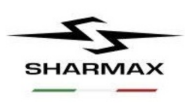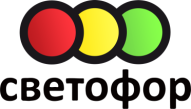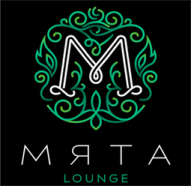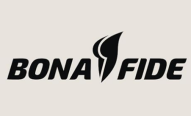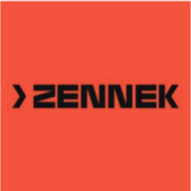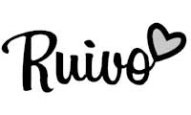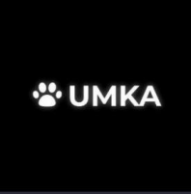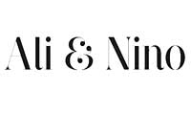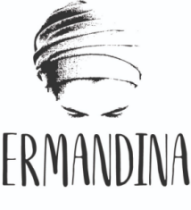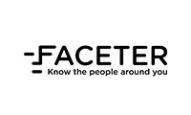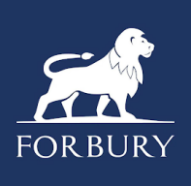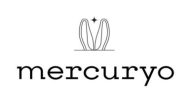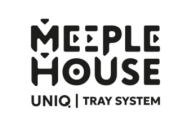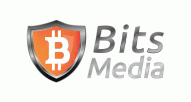How to Register a TM
Key Facts About Trademarks
Trademarks are an integral part of your business. They serve as a link between your company and its reputation, allowing customers to differentiate your products and/or services, business offerings, and proposals from those of other companies.
First and foremost, you need to understand exactly what you want to register, how to file an application for registration, ensure that your trademark does not infringe on third-party intellectual property rights, is not too similar to previously registered trademarks, and can be protected.
What Is a Trademark?
Legally speaking, a trademark refers to any word, slogan, symbol, design, or combination thereof that identifies the source of your goods and services and distinguishes them from those of another company. But the simplest way to think about it is: a trademark is essentially a brand for your goods and services.
Take Coca-Cola and Pepsi, for example. When you see these trademarks, you instantly know the drink's origin, and you also know that it is not a competitor's beverage. Thus, you don't drink Coke when you want Pepsi, and vice versa.
Coca-Cola is a trademark, but as you recall, this trademarked sign includes both a slogan and a picture consisting of stylized letters and two colors (red and white) that have been transformed into the logo of the registered trademark.
Similarly, Pepsi consists of stylized letters forming the word and three colors (blue, red, and white) that shape the logo of the registered trademark.
Remember, a trademark can be a word, slogan, symbol, design, or a combination of these elements. However, it is not just limited to verbal or visual constructs.
It could be a sound, color, or even smell. Virtually anything can be a trademark as long as it identifies the source (you or your company) of goods and services and distinguishes them from competitors'.
Therefore, a trademark acts as an insurmountable barrier for your competition, but only if it is properly registered, enabling you to protect it and monitor the market for infringements on your intellectual property rights.
‘Trademark’ (Trademark) identifies the source of goods, such as shoes or laptops, while ‘service mark’ (Service mark) identifies the source of services, such as legal services, trademark registration, patent registration, or intellectual property protection.
Note that these types of intellectual property protection are not the only kinds available. Patents and copyrights are additional tools that safeguard inventions and artistic or literary creations, respectively.
So, imagine a scenario where a company invents a novel engine. This would entail filing a patent for the invention, registering a trademark for marketing the engine, and securing copyright protection for advertising materials promoting the innovation.
Using these three distinct forms of intellectual property protection ensures that any attempt at unfair competition will result in consequences for the perpetrators.
Intellectual property registration gives you an advantage over unscrupulous competitors and fosters consumer trust in you and your company.
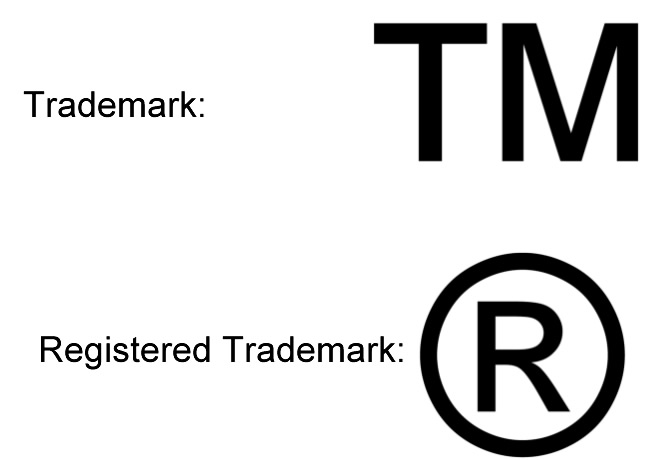
"Likelihood of Confusion" between a registered trademark and a pending one is the most common reason for rejection. Typically, refusal occurs when two key factors are present: "Likelihood of Confusion" arises when the pending and registered marks appear similar, and when the goods or services offered for sale are alike.
That is, signs seem similar in several ways:
- They sound alike;
- Have close meanings;
- Create similar impressions.
In essence, confusion is presumed if the trademarks look alike, leading to buyer confusion, who may end up uncertain about the product's or service's origin.
The intellectual property registration authority considers all possible pronunciations during the registration process, thus preventing the registration of marks with different letters but identical sounds.
If similarity exists, the registration will be denied, resulting in wasted time and money.
Two identical signs can coexist if the goods and services are unrelated. For example, the names of the pending and existing trademarks match, but the goods and services differ. Such a mark can still be registered.
When registering a trademark, it is crucial to choose a field of activity that demonstrates a clear distinction between the marks, giving a chance to defend the registration by showing that buyers will not be confused since the goods sold under the trademarks operate in non-overlapping markets.
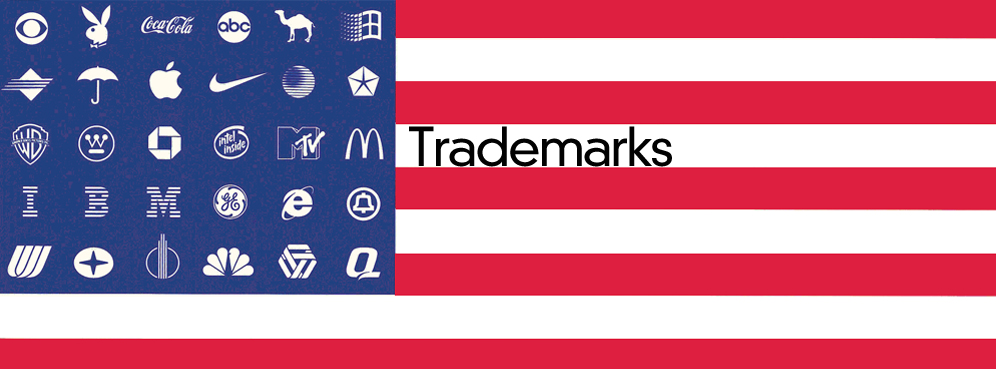
There are two types of registered trademarks (classified by the degree of protection): "Protected" and "Weak". The guarantee of a trademark's protection lies in its uniqueness, meaning that meaningless (fabricated) words provide the highest level of defense.
Another component contributing to strong protection is a logo designed without a background color and composed of invented, irrelevant symbols. This adds another layer of distinction to your trademark.
Combining the created logo and slogan, you will acquire intellectual property with the highest level of protection against unfair competition.
Maintaining a Trademark
Upon completion of trademark registration, remember that the rights to the mark will be retained by its holder for a specified period, usually ten years.
Additionally, registration authorities do not search for similar trademarks globally, so it is advisable to check lists of newly registered marks and contest any similar or identical trademarks identified.
International Trademark
Your trademark can also attain international status. To achieve this, you need a basic trademark registration.
Basic trademark registration refers to the initial registration process conducted in a member country of the Madrid Agreement on Trademark Protection, which facilitates global expansion and market penetration beyond the primary registration country's borders.
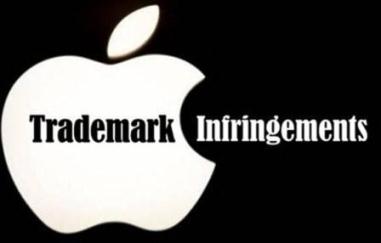
There are two systems within an international organization that facilitate the registration of an international trademark:
1. Madrid Protocol
2. Madrid Agreement
Under the Madrid Protocol, the registration of a trademark occurs upon submission of documents to the intellectual property registration authorities in the jurisdiction of the base registration. Under the Madrid Agreement, registration happens after the initial registration.
It is important to note that registration under one system (protocol) does not preclude subsequent registration under the other (agreement).






















